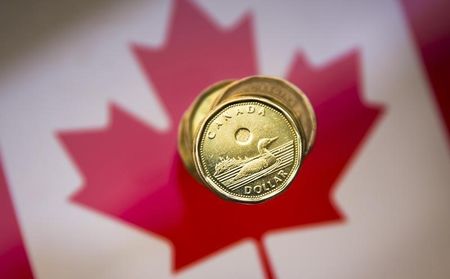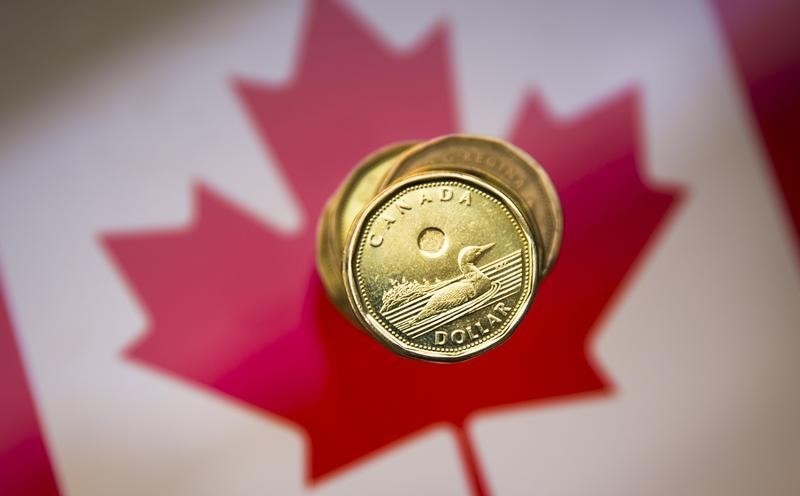Forex
USD/CAD pair rises amid Middle East tensions and inflation data


© Reuters.
NEW YORK – The currency pair has seen an upswing near the 1.3500 mark as investors grow cautious due to escalating geopolitical tensions in the Middle East. The Canadian dollar is under pressure following a decline in West Texas Intermediate (WTI) prices to $72.10 per barrel, which often correlate with the commodity-linked currency’s performance.
The US dollar is drawing strength from its safe-haven appeal amid a broader market hesitancy, with bond yields on the rise. Investors appear reluctant to anticipate Federal Reserve interest rate cuts, preferring the security of the US dollar as the Middle East conflict unfolds.
Adding to the mix, recent Canadian inflation data revealed an uptick to 3.4%. This increase has led to volatile trading of the Canadian dollar as market participants assess potential impacts on the country’s economic policy. The higher inflation figures could influence the Bank of Canada’s monetary policy decisions, as they may need to balance economic growth concerns with the need to manage inflationary pressures.
Investors are closely monitoring these developments, which have contributed to the USD/CAD pair’s gains today, reflecting a complex interplay of geopolitical risk, commodity prices, and monetary policy expectations.
This article was generated with the support of AI and reviewed by an editor. For more information see our T&C.

 Forex3 years ago
Forex3 years agoForex Today: the dollar is gaining strength amid gloomy sentiment at the start of the Fed’s week

 Forex3 years ago
Forex3 years agoUnbiased review of Pocket Option broker

 Forex3 years ago
Forex3 years agoDollar to pound sterling exchange rate today: Pound plummeted to its lowest since 1985

 Forex3 years ago
Forex3 years agoHow is the Australian dollar doing today?

 Cryptocurrency3 years ago
Cryptocurrency3 years agoWhat happened in the crypto market – current events today

 World3 years ago
World3 years agoWhy are modern video games an art form?

 Commodities3 years ago
Commodities3 years agoCopper continues to fall in price on expectations of lower demand in China

 Economy3 years ago
Economy3 years agoCrude oil tankers double in price due to EU anti-Russian sanctions























